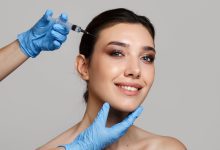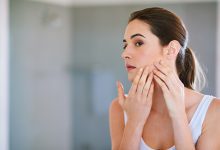I Tried a Hair Glossing Treatment for Shiny, Healthier Hair—Here’s the Result
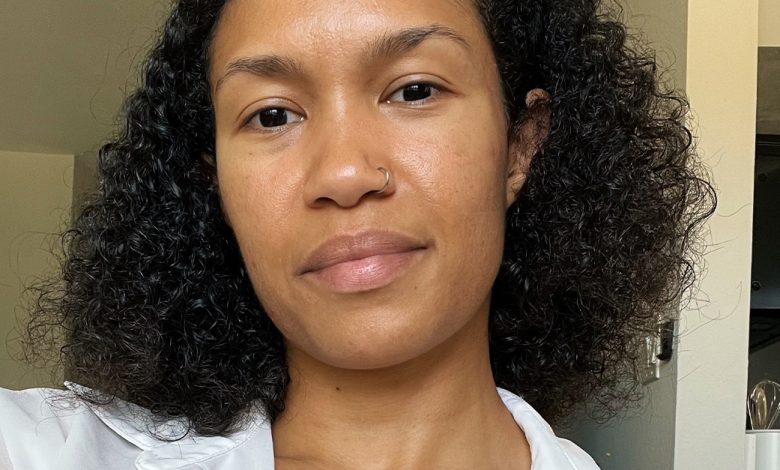
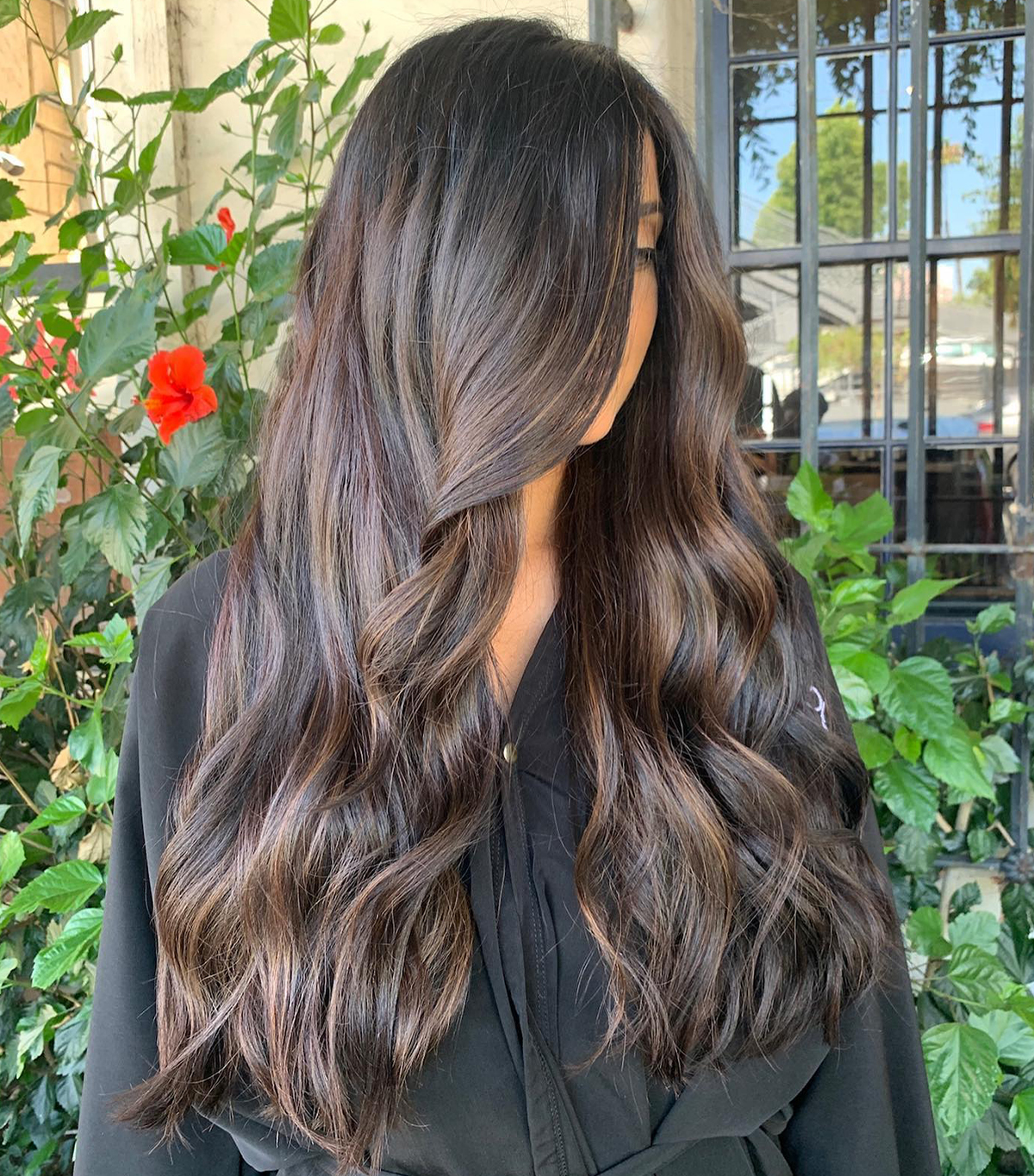
I’m sure by now your social media feed has clued you in on a magical little thing called hair glossing. No? Let me explain. Hair glossing is a great way to enhance your natural color or add vibrancy to dull, color-treated hair. As a bonus, it also adds some serious shine. You can opt for a hair gloss treatment at the salon, or you can try one for yourself at home. And me, being a total hair gloss novice, decided to try one out for the summer and share the results.
I won’t lie to you, it didn’t disappoint. If you’re curious to know about my honest thoughts, read on. But first, here’s everything to know about the underrated treatment, according to top hairstylists.
Hair Glossing vs. Hair Glazing
According to color specialist Kevin Kelly, “A hair gloss is a demi-permanent treatment (meaning it lays over the cuticle) that helps add shine or deposit color to tone out unwanted tones. It can also decrease frizz.” They’re great for those who color their hair and want to preserve the vibrancy of their hue or can work great for those who just want to enhance their natural color and give it a little extra oomph. Hairstylist Jennifer Korab also adds that “a gloss can be clear or colored depending on your desired results. Hair gloss will intensify shine, enhance color, and keep things from fading.”
Now, you might be wondering what the difference is between a hair gloss and a glaze. Don’t worry, we have you covered. A hair gloss treatment can help seal the hair’s cuticle and penetrates more deeply than a hair glaze. Hair glazing merely coats the hair, making it a bit milder than a gloss. Glazes usually are usually clear and only act as a conditioning treatment to boost moisture and shine.
What are the different types of hair gloss?
In case you didn’t know, there are three main types of hair gloss. The first is clear gloss, which boosts the shine and smoothness or your hair without changing the color. The second is a tinted gloss. “This gives a subtle boost to your color while adding that same smoothness of a clear gloss,” says Johnson. And finally, color-depositing gloss. Unlike the other two types, this one will enhance your hair color in a non-permanent way.
What hair types can use hair gloss?
Great news! Almost anyone regardless of hair type and texture can use hair glosses. “All hair types who want to enhance their shine or color tones and those who want to correct unwanted warm tones can use hair gloss,” says Rez.
At the same time, he warns that those who have severely damaged hair and use gloss can end up with inconsistent color due to breakage, causing pigment to penetrate compromised areas. In other words, the healthier your hair, the more even and seamless the gloss will apply. Johnson also notes that those who have extremely fine hair might be left with limp or greasy-looking hair. In this case, it’s best to consult a stylist about alternatives.
How often should you use hair gloss?
If you plan on getting hair glossing done by a professional hairstylist, you should aim to get a treatment every four to six weeks, according to Johnson. But if you’re using an at-home gloss, you can do it every one to two weeks. “Over the counter products are more budget-friendly but usually don’t last as long as professional ones,” she says. “Just make sure to follow the directions, and don’t overdo it, especially with color-depositing ones.”
Of course, the frequency that you’ll need glossing treatments also depends on your hair type, how often you shampoo, your current hair color, and the other products you use to style your hair. For example, Johnson points out that redheads all likely to need a little extra TLC in the gloss department since red tends to fade faster.
How long does hair gloss last?
Since gloss is a semi-permanent, it will start to fade over the four to six week period. Some signs Johnson suggests keeping an eye out for is dullness, less shine, faded color, and maybe even some visible roots if you used a tinted gloss.
Rez adds that if your water that is slightly alkaline, the hair cuticle can lift over time, causing pigment to escape faster. Heat can also have a similar effect on pigment because it damages the structure and cuticle of the hair. “You have to remember a gloss does not penetrate the hair fully,” says Rez. “Any sort of damage to the hair structure will further peel away layers of the [cuticle], therefore the gloss will not hold.”
You can use a sulfate-free shampoo and conditioner and that will help make it last longer. Not washing your hair as often and wearing a hat when outside in the sun for a while will also minimize how often you have to redo it.
Can hair gloss damage hair?
Generally speaking, hair gloss does not cause damage. It’s possible that some formulas aren’t as hydrating as others, but most have conditioning ingredients in them. “Technically, all demi permanent chemicals cause some structural change by having to raise the cuticle subtly to penetrate,” says Rez. “Damage is a spectrum.”
Additionally, he adds that those with previously damaged hair can get worse with hair gloss. “A processing solution still has low hydrogen peroxide content, and that lift can hurt already compromised hair structure,” he says. Because of this, he recommends using a bond repair treatment before color application to repair and prep the hair. He’s a big fan of the Epres Bond Repair Treatment, which he mixes into the gloss for extra protection.
You can get a hair gloss treatment in a salon, but there are also some great budget-friendly options to try at home that can deliver serious results. If you’re curious about my review of the Kristin Ess Hair Signature Hair Gloss Treatment, keep reading.
My Review of a Hair Gloss Treatment
Before
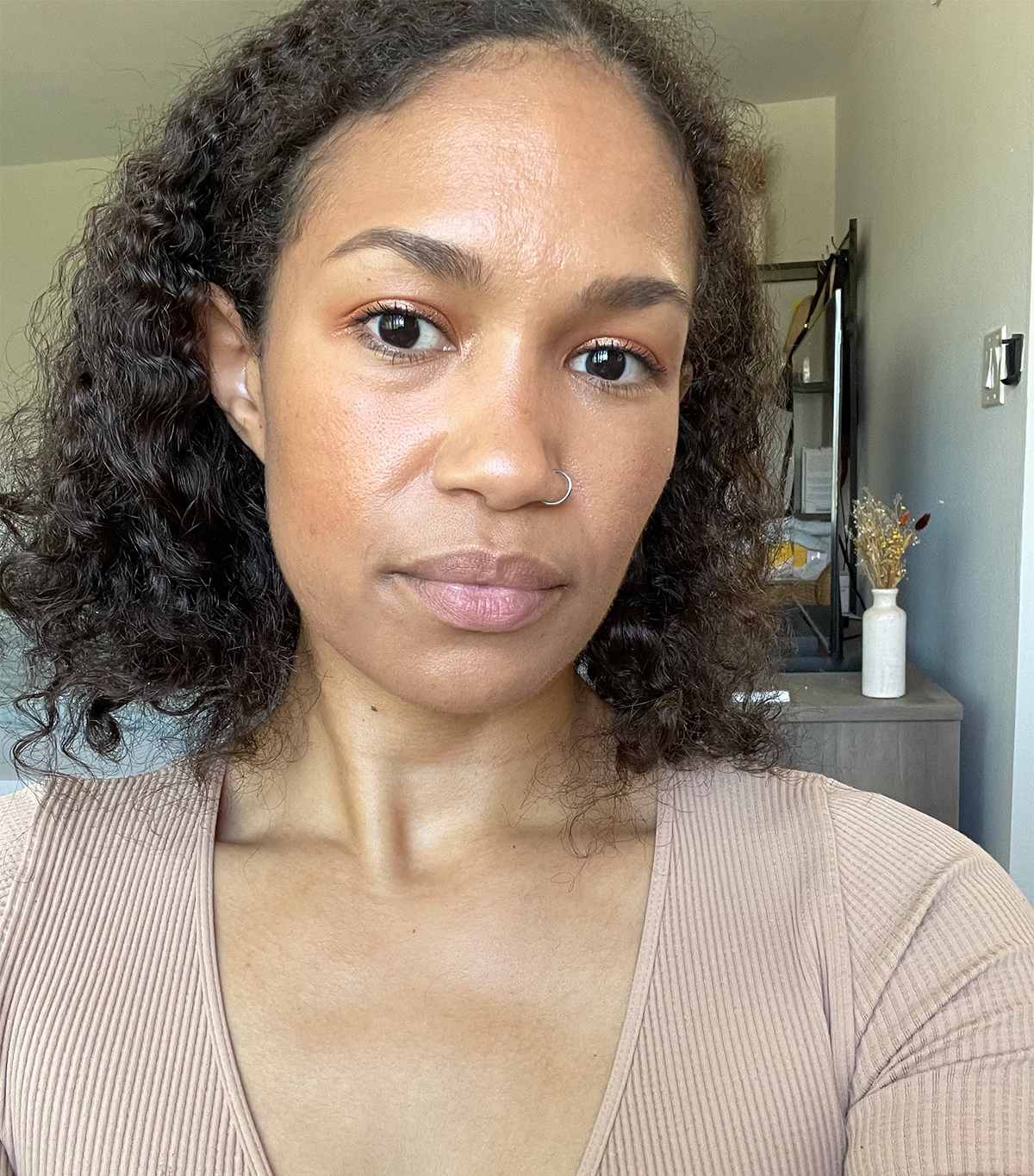
I decided to test out celebrity stylist Kristin Ess’s at-home Signature Hair Gloss in the shade Bittersweet for this review. You can see in the above photo what my hair looked like prior to the gloss. My natural color consists of a reddish, dark brown. I’d never used a hair gloss treatment prior to this, so I was extra careful when mixing the formulas. It comes with two pre-measured bottles and gloves for any other newbies out there wondering. You pour one into the other, shake it a bit, and you’re ready to go. It’s labeled as an in-shower treatment, but I definitely had to shut off the water and step out to let it sit for 20 minutes. I also have to note that it can definitely get messy so be prepared for that.
Once I applied the entire bottle of gloss to wet hair and let it sit, I hopped back in the shower and shampooed and conditioned like normal. I really loved the results. The gloss added a lot of vibrancy and shine to my natural color that I’ll fully admit was not there before. It almost looked like I dyed my hair a rich, black cherry shade and I was living for it. You can’t see a dramatic difference in the above photo, but the results are definitely there, and I think it added the perfect amount of extra color I was looking for. My only con is that my hair had a bit of a weird quality to it after using the gloss and conditioning. (It was most likely due to the color deposits.) Hopefully, that won’t affect my hair too much, but overall this gloss is a great at-home option for those who want to boost their natural hue or for those who color their hair. You can see my results plus check out a few other great at-home options down below.
After
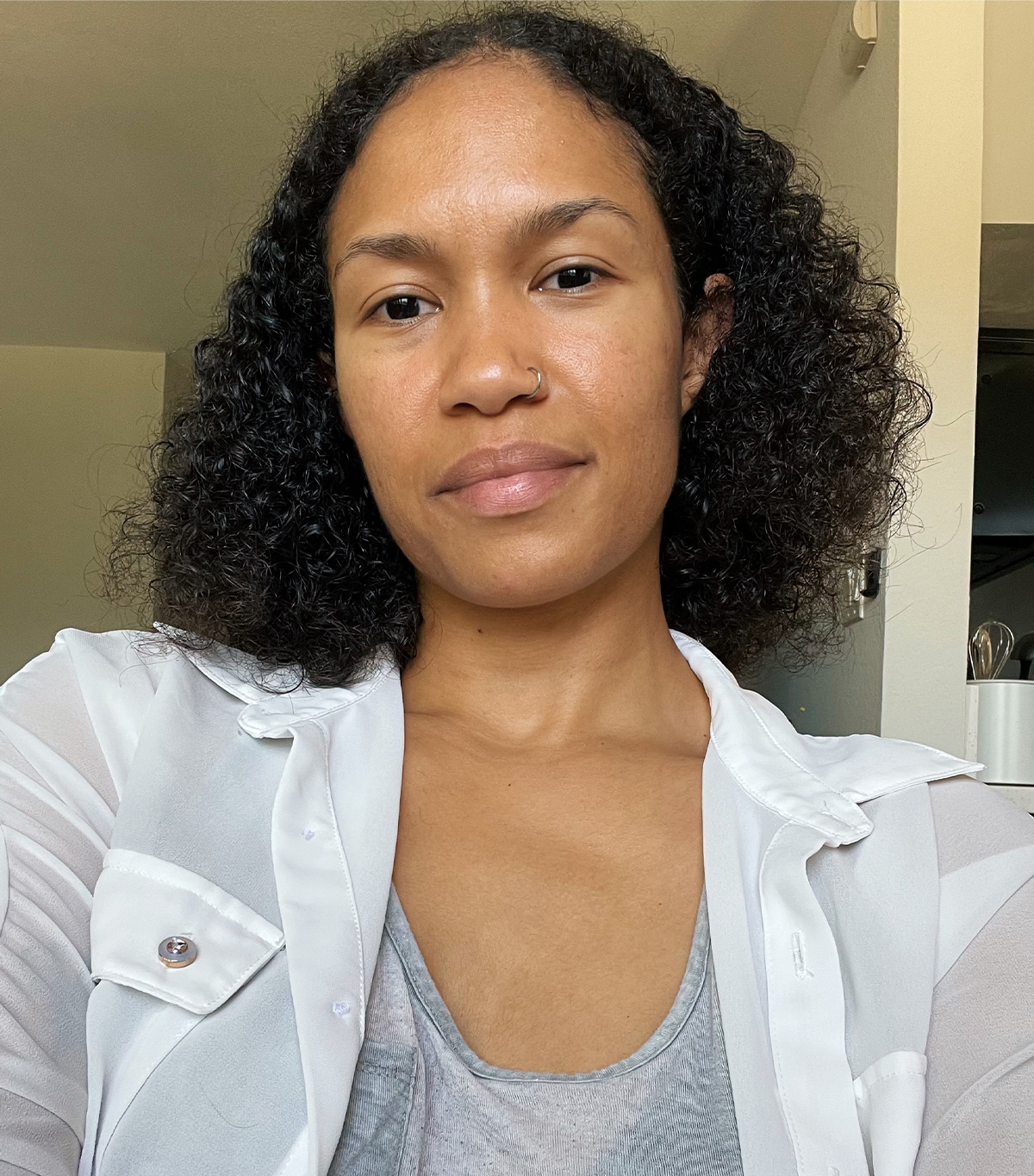
Shop other home hair glosses
Source: WhoWhatWear
HiCelebNews online magazine publishes interesting content every day in the Style section of the Fashion & Beauty category. Follow us to read the latest news.
Related Posts
- Kylie Jenner and Billie Eilish Use the Same Strong-Hold Brow Gel, and It's Only $7 at Target
- More Elegant Than a Shoulder Bag, More Casual Than a Clutch—The Bag Trend Only Chic People Know About
- Shimmery Body Oil! Gold Hair Masks! Gel Highlighter! 17 Summer Beauty Finds I'm Dreaming About
- 20 Effortless, Office-Ready Outfit Ideas for Sweltering Summer Days
- Skincare Tips: How to get that enviable glow before Eid 2025 |

